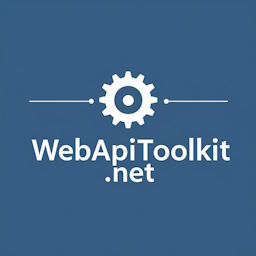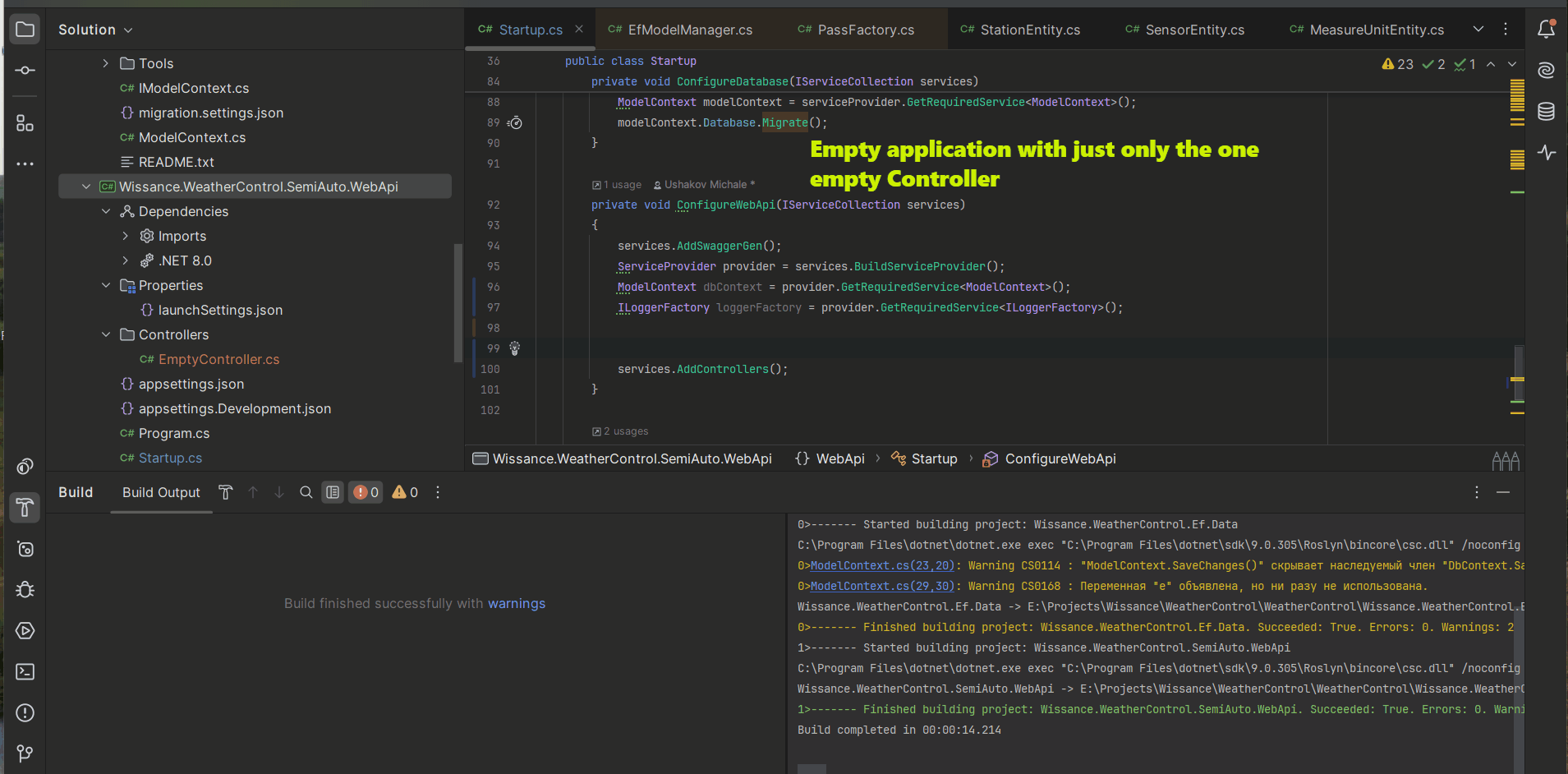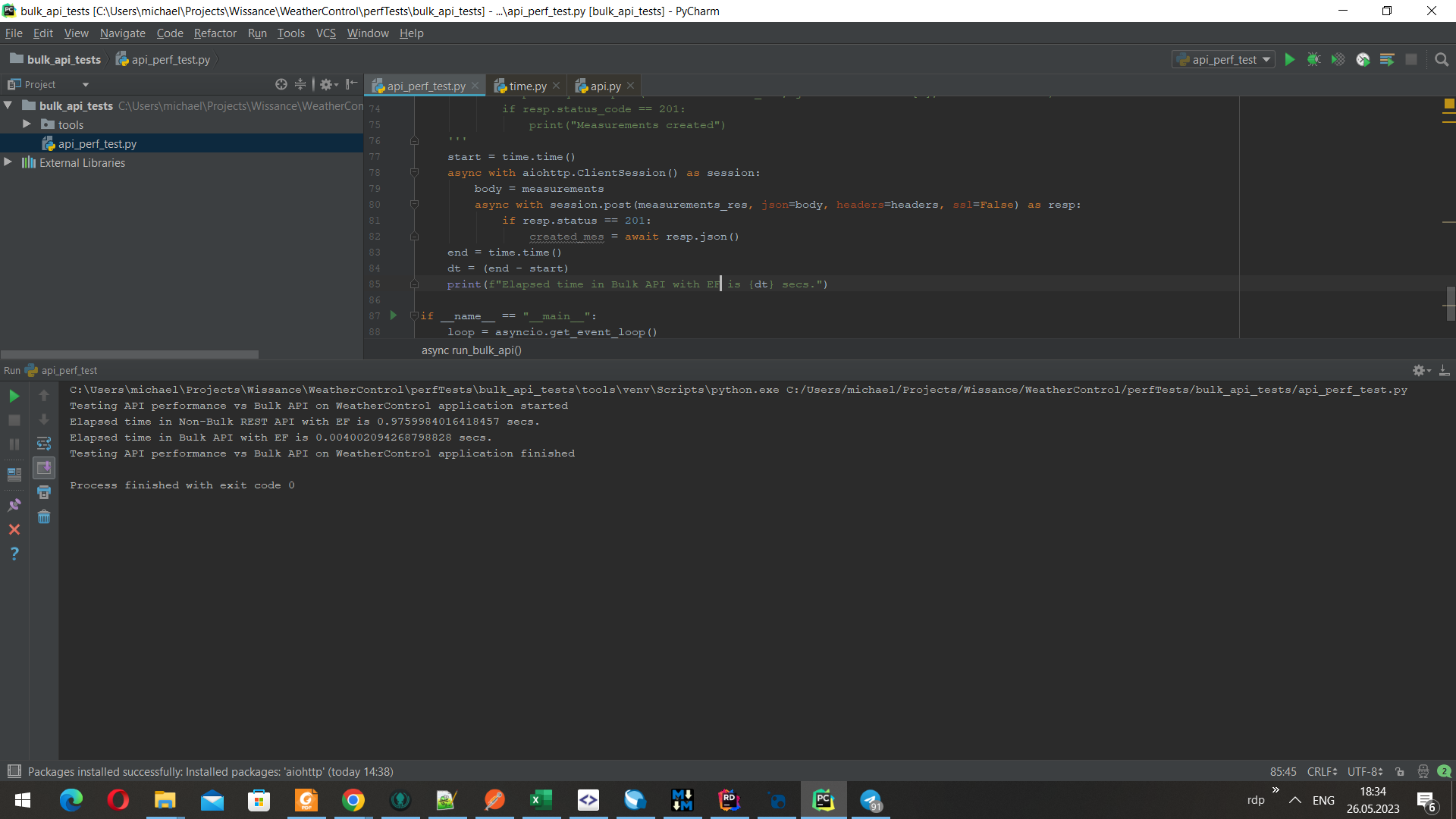Wissance.WebApiToolkit
- Prev Version <= 3.0.0
- Core
- Ef extensions
- Cloud AWS S3 utils

One Line of code for Fully functional CRUD Controller with Swagger doc

Why Wissance.WebApiToolkit
| Without | With Wissance.WebApiToolkit |
|---|---|
:no_entry: Manual support for the API uniformity |
:white_check_mark: Output of all REST methods is standardize |
| :no_entry: Every Controller requires at least 20 min to be written | :white_check_mark: Up to one line of code for fully functional CRUD |
| :no_entry: Inconsistent error response | :white_check_mark: Unified error format out of the box |
| :no_entry: Requires to rewrite controllers to add a new technology |
:white_check_mark: Requires only a new Manager class |
| :no_entry: Not supporting bulk operation by default | :white_check_mark: Up to one line of code for fully functional BULK API |
:no_entry: Controller logic can’t be easily used forgRPC or SignalR |
:white_check_mark: You could have the same Manager to handle REST, gRPC,and a SignalR simultaneously |
| :no_entry: Paging and Sorting should be written for every controller separately |
:white_check_mark: Paging and sorting are implemented out of the box in the uniform manner |
Minimal example
For the full doc see the :books: project wiki, to add in one line, for example i break it to Assembly get and add Controller, i.e.:
- Generate assembly:
Assembly stationControllerAssembly = services.AddSimplifiedAutoController<StationEntity, Guid, EmptyAdditionalFilters>( provider.GetRequiredService<ModelContext>(), "Station", ControllerType.FullCrud, null, provider.GetRequiredService<ILoggerFactory>()); - Add Controller from assembly:
services.AddControllers().AddApplicationPart(stationControllerAssembly).AddControllersAsServices();
Key Features
- :fire:
REST API Controllerwith fullCRUDcontains only 20 lines of code (~ 10 are imports)GETmethods have built-in paging support;GETmethods have built-in sorting and filter by query parameters;
- :rocket: BULK operations with objects (Bulk
Create,UpdateandDelete) on a Controller && interface level - :brain: support to work with any persistent storage (
IModelManagerinterface); Good built-in EntityFramework support (seeEfModelManagerclass). See WeatherControl App which has - :art: Manager classes that support file operation over:
- web folders (folders from mounted devices or just local folders)
- S3 AWS-compatible (tested with
Yandex Object Storageand previously withCloudflare R2andAmazon S3)
:cool: Bulk vs :no_good_man: Non-Bulk, Wissance.WebApiToolkit has Bulk out of the box:

- :scream: Elapsed time in Non-Bulk REST API with EF is ~976 ms.
- :fire: Elapsed time in Bulk API with EF is ~4 ms.
:sparkles: Result : Bulk API is almost ~250 x faster!
Additional materials (Post, articles, video)
You could see our articles about Toolkit usage:
- :writing_hand: Medium article about v1.0.x usage
- :writing_hand: Dev.to article about v1.0.x usage
- :writing_hand: One line for full CRUD Medium article











